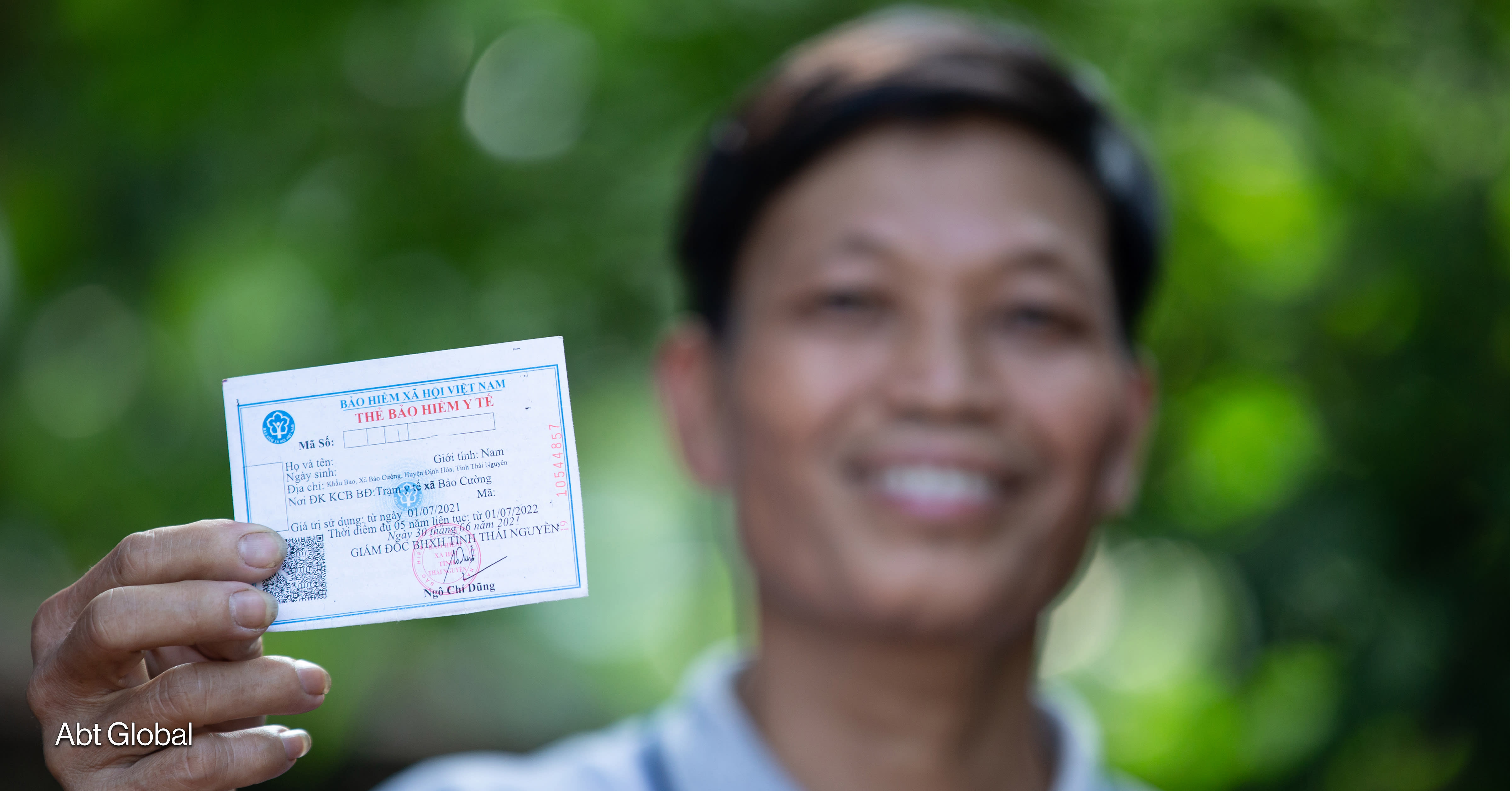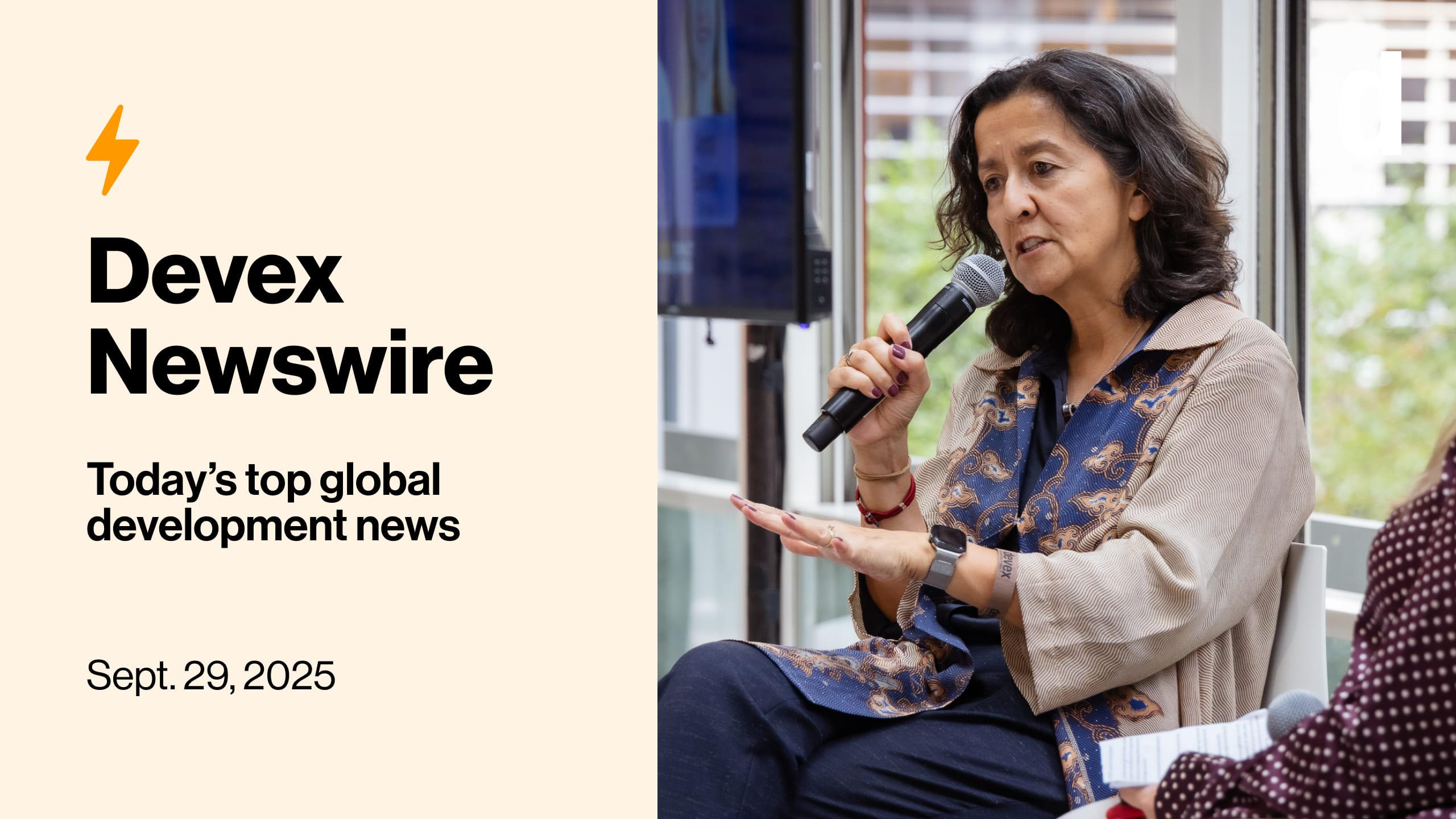
For this year’s World AIDS Day, the Joint United Nations Programme on HIV/AIDS has set this call to action: “Let communities lead.” It’s a laudable sentiment. Locally led programming is indeed the way to sustain HIV program successes and achieve HIV epidemic control.
Recognizing this imperative, international funders have prioritized increasing the number of local organizations that serve as prime implementers — and this is just the beginning. Organizations continuously evolve to meet the unique needs of the communities they serve, and the support or external expertise that they may want or need will evolve as well.
To move the needle toward more locally led programming, we must consider more than just the transfer of funds. We must look for ways to support local prime partners, elevate local voices and ideas, and encourage organizations to be more autonomous in setting their development priorities.
1. Support local organizations to receive and manage direct funding.
In 2018, the United States President's Emergency Plan for AIDS Relief, or PEPFAR, required that 70% of PEPFAR funding recipients be local organizations from subawardees to prime implementers. As a result, FHI 360 has supported more than 30 local organizations providing HIV prevention, care, and treatment programs as they have “graduated” to become prime recipients of USAID funding. Through that process, we have adapted our role and our interventions to support local partners.
For these organizations, changes in funding can create new concerns. Some have faced challenges in meeting U.S. government reporting requirements or policies; others wish to build safety nets to manage gaps or bumps in funding. In response, international NGO partners must support an environment where local institutions can adapt and thrive.
Sometimes FHI 360 receives direct funding to provide this support to local partners. In several of these cases, we have been contracted by our former partners to serve as a subawardee, available to answer questions and address the specific needs and capacities of local partners. Regardless of the INGO’s role, however, they must be prepared to adapt to the local institutions’ needs.
2. Connect local organizations to technical forums.
Well ahead of 2030, Malawi has achieved the second two 95s of UNAIDS’ 95-95-95 strategy for reaching HIV epidemic control. The 95-95-95 targets aim to diagnose 95% of all HIV-positive individuals, 95% of those diagnosed to be on treatment, and achieve viral suppression for 95% of those treated by 2030 and accomplish viral suppression for 95% of those treated by 2030.
One of our local partners, the Centre for the Development of People, or CEDEP, found that engaging in Malawi’s technical working group on HIV programming allowed them to set the terms for how their own communities should be able to access and receive HIV services. CEDEP is now helping to define the package of services delivered to key populations in Malawi. Whether or not local NGOs are prime funding recipients, local leadership in technical working groups and other inter-NGO forums prioritizes insights that are rooted in local experience, needs, and solutions.
The knowledge and insights supporting Malawi’s level of success — and similar locally led success stories both in and beyond the public health sector — should be celebrated, codified, and shared.
3. Support local organizations in their journeys to greater financial independence.
Even when local organizations become primes, the direct funding stream — and thus prioritizing how to use those resources — is still driven by external donors, such as USAID or U.K.’s Foreign, Commonwealth & Development Office. Local organizations need financial independence to protect them from the vagaries of budget cycles and politics. If our goal is truly for local leadership to set the agenda, the only path forward is fiscal autonomy.
Local organizations need access to unrestricted funding sources — for example, those that can be generated through revenue from social enterprises. INGOs can support planning and skill-building that enable local organizations to launch businesses that are focused on social impact and can serve as facilitators for growth. For both governments and local organizations, mobilizing domestic resources and unlocking private financing will help diversify funding sources to local partners and ultimately sustain their provision of services.
Operationalizing locally led development approaches
Locally led development has long been a hot topic within the aid sector, yet translating the agenda into practice has proven challenging. Devex speaks to Humentum’s Christine Sow about how to overcome the barriers.
In many development sectors, concerted efforts to transition to locally led development in recent years have run up against significant obstacles to true local leadership. HIV programs are an exception: In just five years, for example, USAID’s PEPFAR-funded HIV/AIDS programs expanded annual direct funding to local partners by $345 million — an 81% increase. HIV programming can serve as a blueprint for other aid and development sectors to follow.
For INGOs, regardless of the specific sector, realizing our shared ambition — to improve lives in lasting ways — requires sustainable local leadership and locally led development. By adapting our assistance to local organizations during and after their transition to prime implementers, ensuring that they are active participants at tables where decisions are made, and supporting their greater financial autonomy, we will achieve true local leadership.
As partners, FHI 360 works with local organizations to support their goals. We’re committed to building equitable, collaborative relationships — working side by side to open opportunities so that all people can lead full and healthy lives. Visit fhi360.org to learn more.









